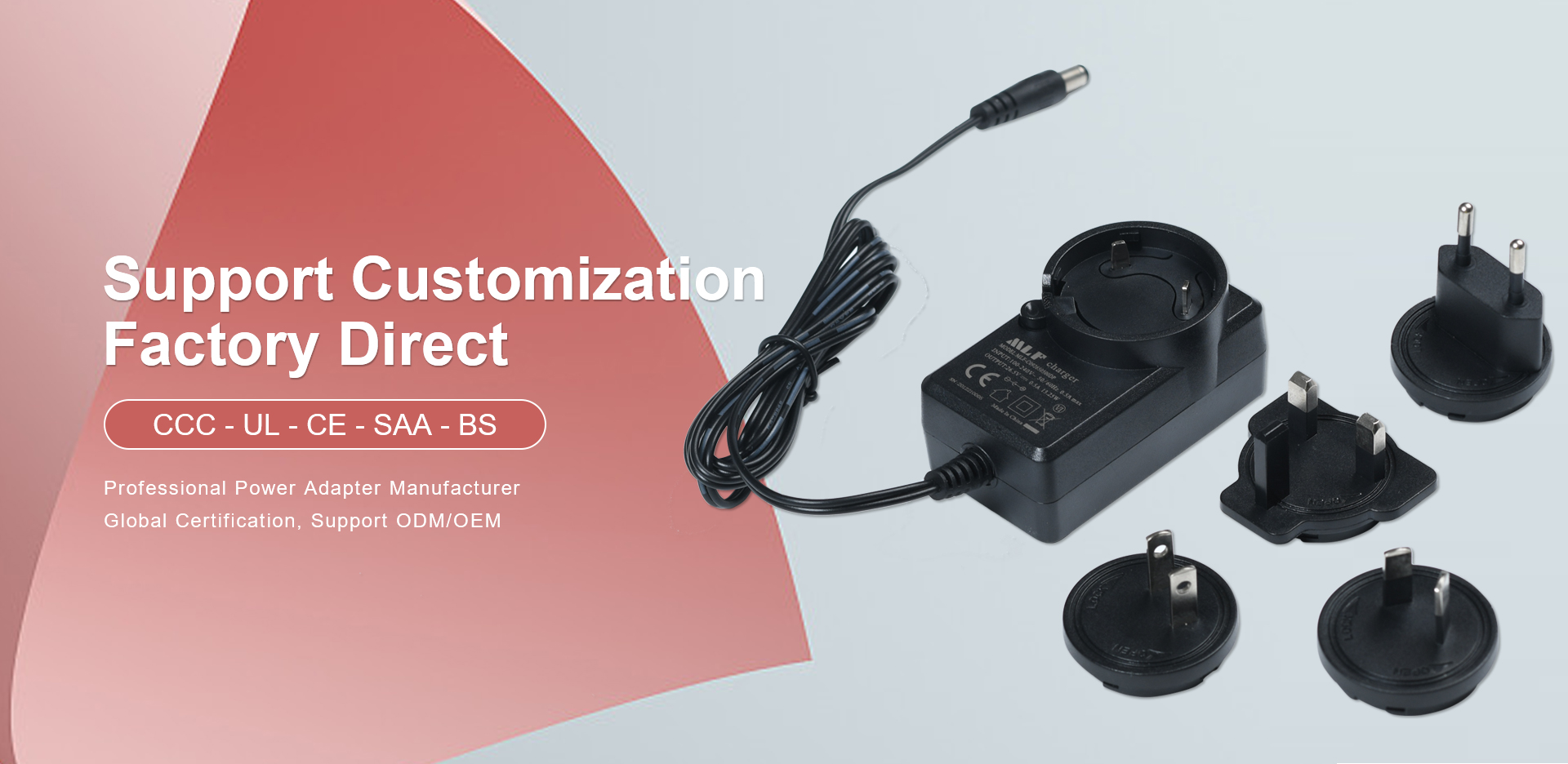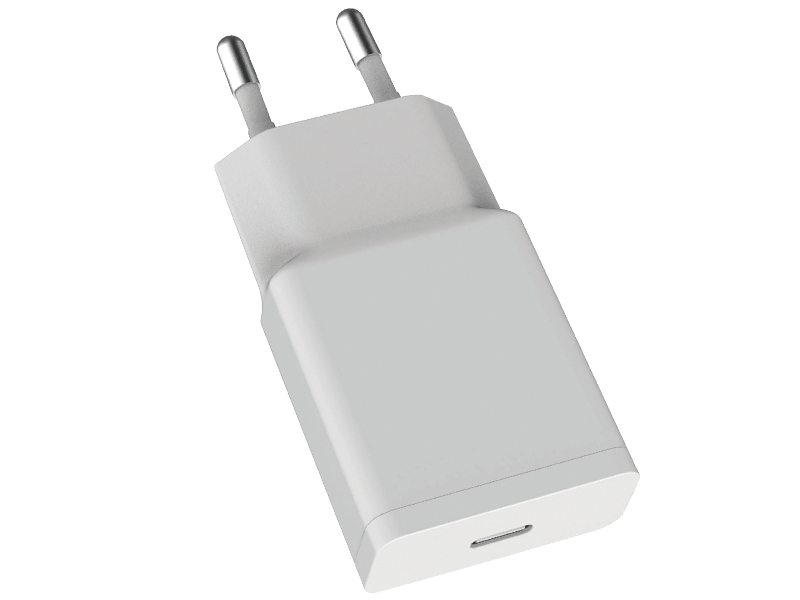
The types of batteries are constantly evolving, and charging technologies are also becoming more diverse. As two widely used types of rechargeable batteries, nickel hydrogen batteries and lithium batteries have essential differences in the selection of chargers. It is crucial to clearly distinguish the chargers that are compatible with the two types of batteries to ensure charging efficiency and equipment.
Nickel hydrogen battery chargers generally use constant current charging method. The working voltage is usually 1.2V, and the charging termination depends on negative Δ V detection or temperature sensing technology, which is suitable for slow or medium speed charging. This type of charger is commonly used for AA and AAA household batteries, and is commonly found in devices such as remote controls, cameras, and wireless mice. Most nickel hydrogen battery chargers support independent management of multiple slots and have short-circuit protection and overcharge protection functions.
The lithium battery charger adopts a constant current and constant voltage charging strategy. At the beginning of charging, the current is constant, and then it enters the voltage constant stage. The charging termination point is more accurate, usually around 4.2V, and needs to be matched with the core parameters. Lithium ion battery chargers are commonly used in mobile phones, laptops, power tools, and various smart devices, and some models also support battery level recognition and multiple mechanisms.

From the appearance, nickel hydrogen battery chargers are generally labeled with input current range, supported battery model capacity; Lithium battery chargers often indicate the supported output voltage, current range, and cell type. Some smart chargers will recognize and process different batteries through display screens or status lights.
Misuse of chargers can lead to charging failure, battery damage, and even risks such as thermal runaway. Enterprises or individuals should clarify the purpose of procurement, strictly distinguish battery types, and choose specialized charging equipment produced by legitimate manufacturers. Brand reputation, battery compatibility, and after-sales service are important references for evaluating standards.
Mastering battery properties and using chargers in a standardized manner are key to ensuring daily electricity usage and extending equipment lifespan.